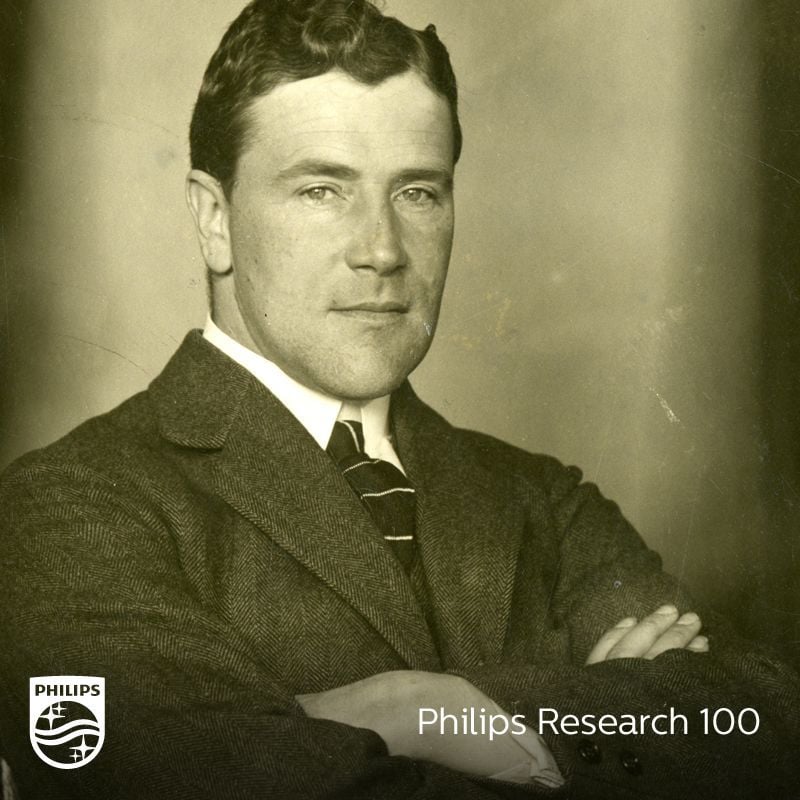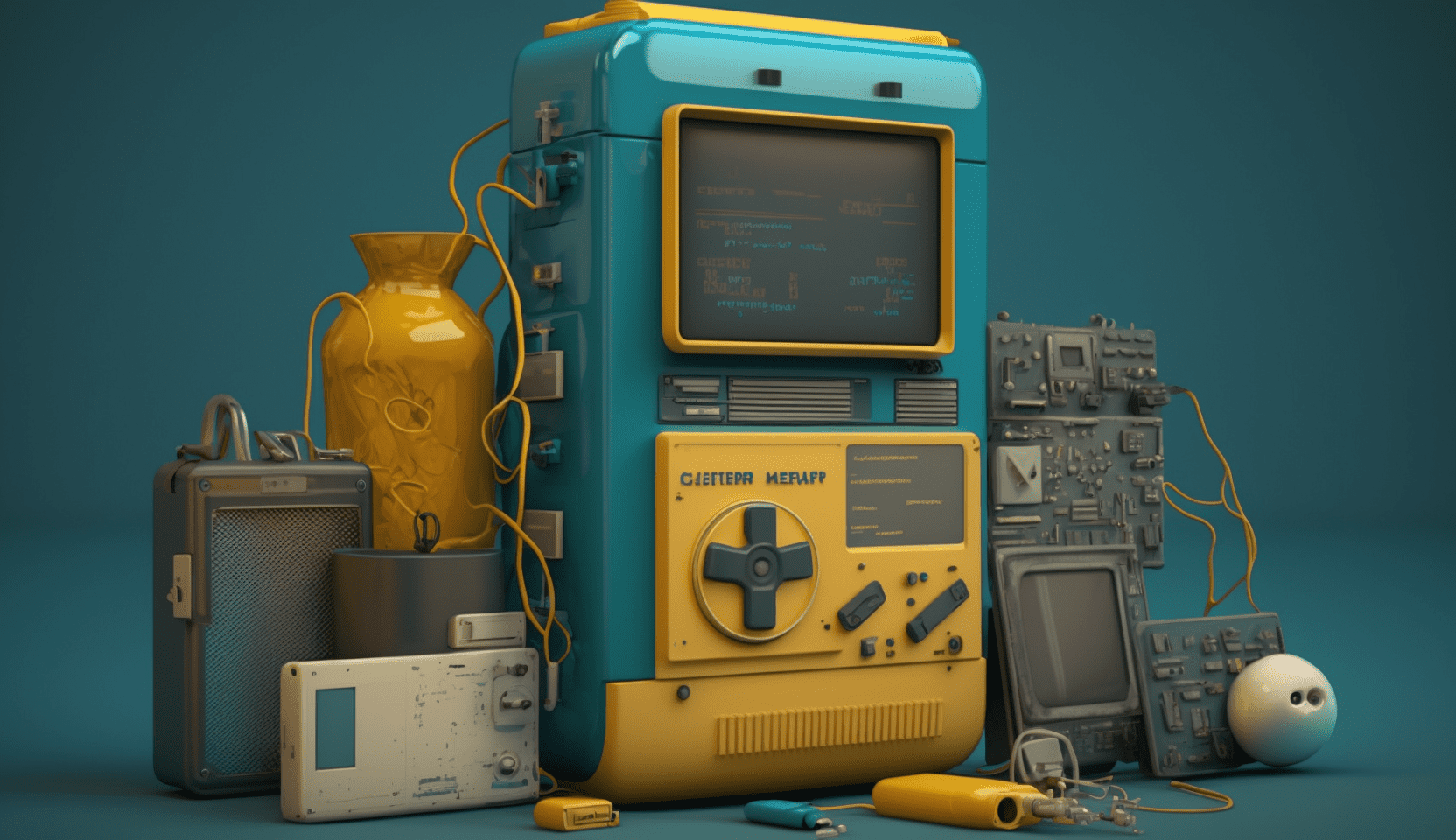
In a weekly column, alternately written by Lucien Engelen, Mary Fiers, Maarten Steinbuch, Carlo van de Weijer, and Tessie Hartjes, E52 tries to find out what the future will look like. All five contributors – sometimes accompanied by guest bloggers – are working on solving the problems of our time. Everything to make Tomorrow Good. This Sunday, it‘s Maarten Steinbuch’s turn. Here are all the previously published columns.
This year, the Eindhoven Engine will be shaped: a new way of collaborating and innovating. Young students, together with an experienced staff of institutions and companies, on colocation and very agile, flexible, via content and problem-setting and not through structures. The design of such a new and unique innovation ecosystem, aimed at exponential innovation and breakthroughs, requires a different approach. Or is that not necessary? Can we reap the benefits of the past? And if so, what are they? Rob van Gijzel gave me the tip, for the benefit of the Eindhoven Engine, to look again at the ten commandments of Holst, founder of the Philips Physics Laboratory NatLab. Here they are, in summary [1,2]:
The ten commandments of Holst
1. Recruit clever researchers, possibly young, but with experience in academic research.
2. Do not pay too much attention to the details of the work they have done.
3. Give employees a lot of freedom and accept their peculiarities.
4. Have the employees publish and participate in international scientific activities.
5. Avoid an organization that is too rigid. Let authority be based on real expertise.
6. Do not divide a laboratory into different disciplines, but form multidisciplinary teams.
7. Give great freedom in the choice of work, but let the leading figures, in particular, be aware of their responsibility towards the company.
8. Don’t budget an industrial laboratory per project and do not allow manufacturing departments to have budgetary control over research programmes.
9. Promote the transfer of skilled older researchers from the laboratory to product development and production.
10. The choice of research projects should not only be determined by market opportunities, but also by the state of academic research.
It is also nice to read the commentary from 1981 (!) [2] by Professor Casimir, who for example, on the basis of proposition 9, wonders whether it would not be appropriate to also bring experienced people from product development and production back into the research phase. This is exactly the idea of the Eindhoven Engine!
A number of propositions are more important for truly fundamental research, and some of them are also mainly related to the fact that this was a company’s research facility. However, the core of the propositions touches deep in the heart of innovative thinking and transcending only one or a few disciplines. And that is exactly what we want to achieve with the Eindhoven Engine. I suggest that we try to write down the 10 starting points of the Eindhoven Engine – I ask everyone to think along with me!
[1]: van der Veen J.K. ‘Gilles Holst, de eerste industriële researchmanager van Nederland’, Nederlands Tijdschrift voor Natuurkunde , jan 2011, pp.16-18
[2] H.B.G. Casimir, Gilles Holst: Pionier van industrieel onderzoek in Nederland (Holst- lezing TU Eindhoven 1981).






